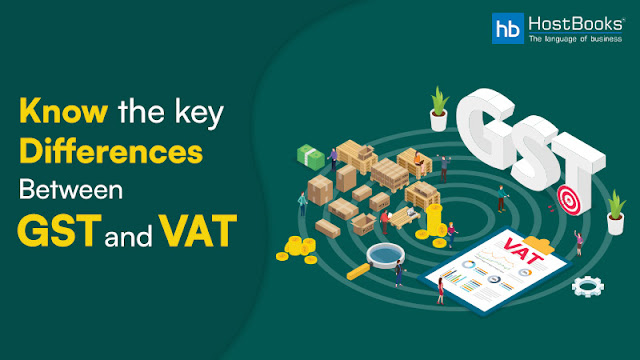How Big Is The Agriculture Industry Of India
.jpg)
India has a long history of agrarian civilization, and agriculture has always been the foundation of the Indian economy . Before starting with the classification, let's understand the importance of agriculture with some datasets; India has the second-biggest amount of cultivable land in the world and the highest amount of irrigated agricultural land (8.26 million hectares) (159.7 million hectares). India ranks third in the world, In terms of major crops including wheat, rice, cotton, fruits, vegetables, and pulses. According to NITI Aayog, agriculture comprises roughly 54.4% of India's employed workforce, which was 18.29% of GVA (Gross Value Added) in 2019-20, sustaining 45.6% of the workforce. India is the world's #1 producer of milk, fruits, and vegetables, according to PRS figures. Following IMARC figures, India's agriculture sector generated 71,220 billion rupees in 2021 and is projected to increase to 142,280 billion rupees by 2027, with a compound annual growth ra...


.jpg)

.png)
.png)